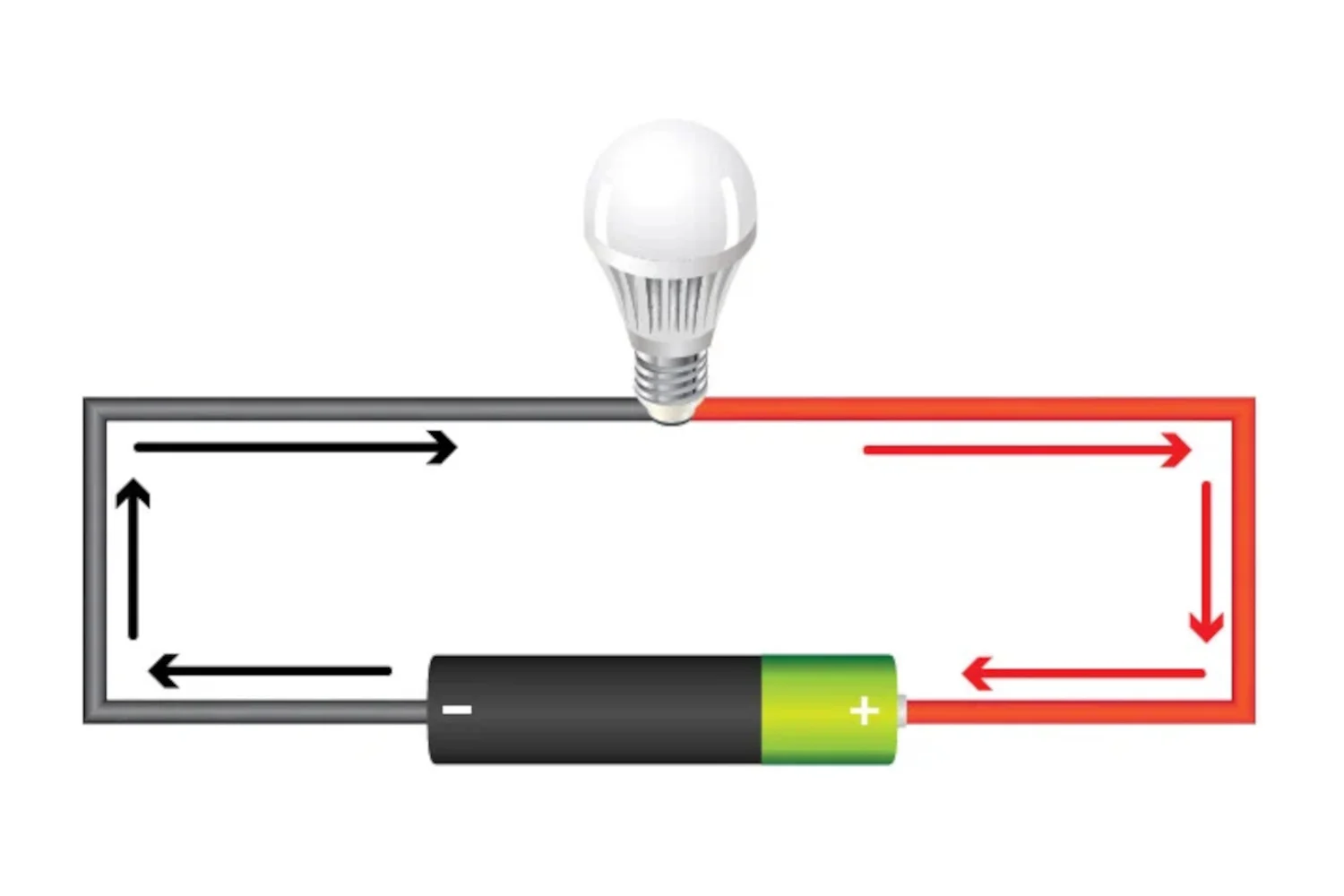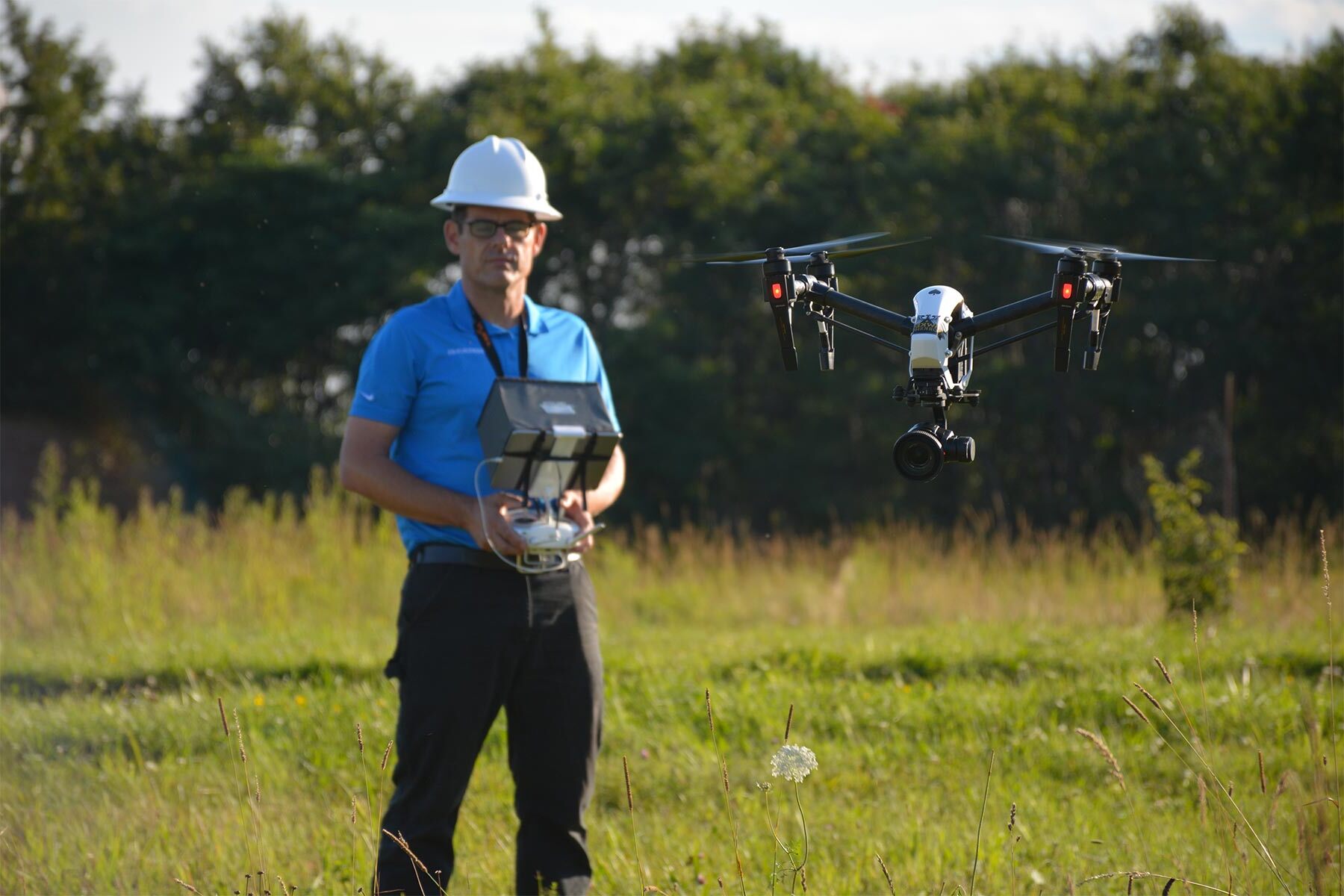
Voltage is a fundamental concept in the field of physics, and it plays a crucial role in our everyday lives. From powering our electronic devices to maintaining the electricity grid, voltage is the driving force behind almost all electrical phenomena. While most of us have a basic understanding of voltage and its association with electricity, there are several surprising facts about it that often go unnoticed. In this article, we will delve into the world of voltage and explore 17 intriguing facts that will leave you awe-inspired. Whether you are a physics enthusiast or simply curious about the inner workings of electricity, these facts are sure to amaze you and expand your knowledge of this essential electrical property. So, let’s dive in and uncover the remarkable world of voltage!
Key Takeaways:
- Voltage is the driving force of electric current and can be both beneficial and dangerous, powering our devices while posing risks if mishandled.
- Different countries have different voltage standards, with lightning bolts carrying enormous voltage and the human body also capable of generating small electrical voltages.
What is Voltage?
Voltage is an essential concept in physics and electrical engineering. It represents the electric potential difference between two points in an electrical circuit, and it is measured in volts.
Voltage Can Save or Harm Lives
Voltage can be both beneficial and dangerous. While it powers our homes and devices, high voltages can pose serious risks to human safety if mishandled.
Voltage is the Driving Force of Electric Current
Electric current flows through a circuit due to the presence of voltage. Voltage provides the energy necessary to move electrons from one point to another.
Voltage is Analogous to Pressure in a Pipe
Just as pressure drives the flow of water through a pipe, voltage drives the flow of electrons in an electrical circuit.
Voltage Can Be Stepped Up or Stepped Down
Transformers are used to increase or decrease the voltage in electrical systems. This allows for efficient transmission of electricity over long distances and the proper operation of various devices.
Different Countries Have Different Voltage Standards
The voltage standards used in electrical systems vary across different countries. For example, the standard household voltage in the United States is 120 volts, while in many European countries, it is 230 volts.
Lightning Bolts Carry Enormous Voltage
During a lightning strike, the voltage can reach incredible levels, reaching up to hundreds of millions of volts.
Van de Graaff Generators Create High Voltage
A Van de Graaff generator is a device that generates static electricity and can produce very high voltages, often in the range of hundreds of thousands of volts.
Voltage Can Create Electromagnetic Fields
Changing voltages in power lines and electrical devices generate electromagnetic fields, which play important roles in various technologies, including wireless communication and electrical motors.
High Voltage Power Lines Require Insulation
Power lines carrying high voltages need to be insulated to prevent electrical leakage and ensure safe transmission of electricity.
Voltage Drop in Circuits
When electrical current flows through a circuit, there is a slight reduction in voltage due to the resistance encountered. This is known as voltage drop.
Voltage Regulators Stabilize Voltage
Voltage regulators are used in electronic devices to maintain a constant output voltage, preventing fluctuations that could damage sensitive components.
The Human Body Can Generate Voltage
The human body can generate small electrical voltages through the transmission of nerve signals and the movement of charged particles within our cells.
Voltage is Related to Power
Power, measured in watts, is the product of voltage and current. Increasing either the voltage or current will result in higher power output.
Voltage Can Induce Electric Fields
Changing voltage in one circuit can induce an electric field in a neighboring circuit. This phenomenon is the basis for various electrical devices, such as transformers and induction coils.
Voltage Is Critical in Electronics
Voltage is a fundamental concept in the field of electronics, where precise control of voltages is necessary for the proper operation of integrated circuits, transistors, and other electronic components.
Voltage is Measured with a Voltmeter
A voltmeter is a device used to measure voltage in a circuit. It is connected in parallel to the circuit and provides a reading in volts.
Conclusion
Understanding voltage is crucial in the field of physics. It plays a fundamental role in electrical circuits, powering our everyday devices and enabling technological advancements. Throughout this article, we’ve explored 17 surprising facts about voltage, shedding light on its complexities and applications.
From the discovery of voltage by Alessandro Volta to the invention of the voltaic pile, voltage has been an essential concept in the development of electricity. We’ve discussed how voltage is measured using units such as volts and how it affects the flow of electric current.
We’ve also delved into interesting facts, such as how voltage can be stepped up or down using transformers, how high voltage is used in power transmission, and how electric eels generate shocking amounts of it.
Moreover, we’ve explored the concept of static electricity and how it relates to voltage, as well as the dangers associated with high voltages and the precautionary measures taken to ensure safety.
Overall, voltage is a fascinating topic that continues to drive advancements in technology. By understanding its principles and applications, we gain a deeper appreciation for the role it plays in our modern world.
FAQs
1. What is voltage?
Voltage is the electric potential difference between two points in an electrical circuit. It is responsible for driving the flow of electric current.
2. How is voltage measured?
Voltage is measured in units called volts (V). A voltmeter is used to measure the potential difference between two points in a circuit.
3. Can voltage be increased or decreased?
Yes, voltage can be increased or decreased using transformers. Transformers can step up or step down voltage levels, depending on the desired output.
4. What is the role of voltage in power transmission?
High voltage is used in power transmission to minimize energy losses over long distances. It allows for efficient transmission of electricity from power plants to homes and businesses.
5. How do electric eels generate voltage?
Electric eels can generate high-voltage electric shocks by using specialized cells called electrocytes. These cells act like batteries, producing and storing electrical energy.
6. Is there a danger associated with high voltage?
Yes, high voltage can be dangerous and potentially lethal. It is important to handle high-voltage equipment with caution and follow proper safety protocols.
Voltage powers our world, from everyday appliances to life-saving medical devices. If you're curious about the nutritional value of Mountain Dew Voltage, the electrifying action in Crank High Voltage, or need a reliable travel adapter for your next adventure, keep reading. Our articles delve into these topics and more, providing fascinating insights that will satisfy your thirst for knowledge.
Was this page helpful?
Our commitment to delivering trustworthy and engaging content is at the heart of what we do. Each fact on our site is contributed by real users like you, bringing a wealth of diverse insights and information. To ensure the highest standards of accuracy and reliability, our dedicated editors meticulously review each submission. This process guarantees that the facts we share are not only fascinating but also credible. Trust in our commitment to quality and authenticity as you explore and learn with us.


